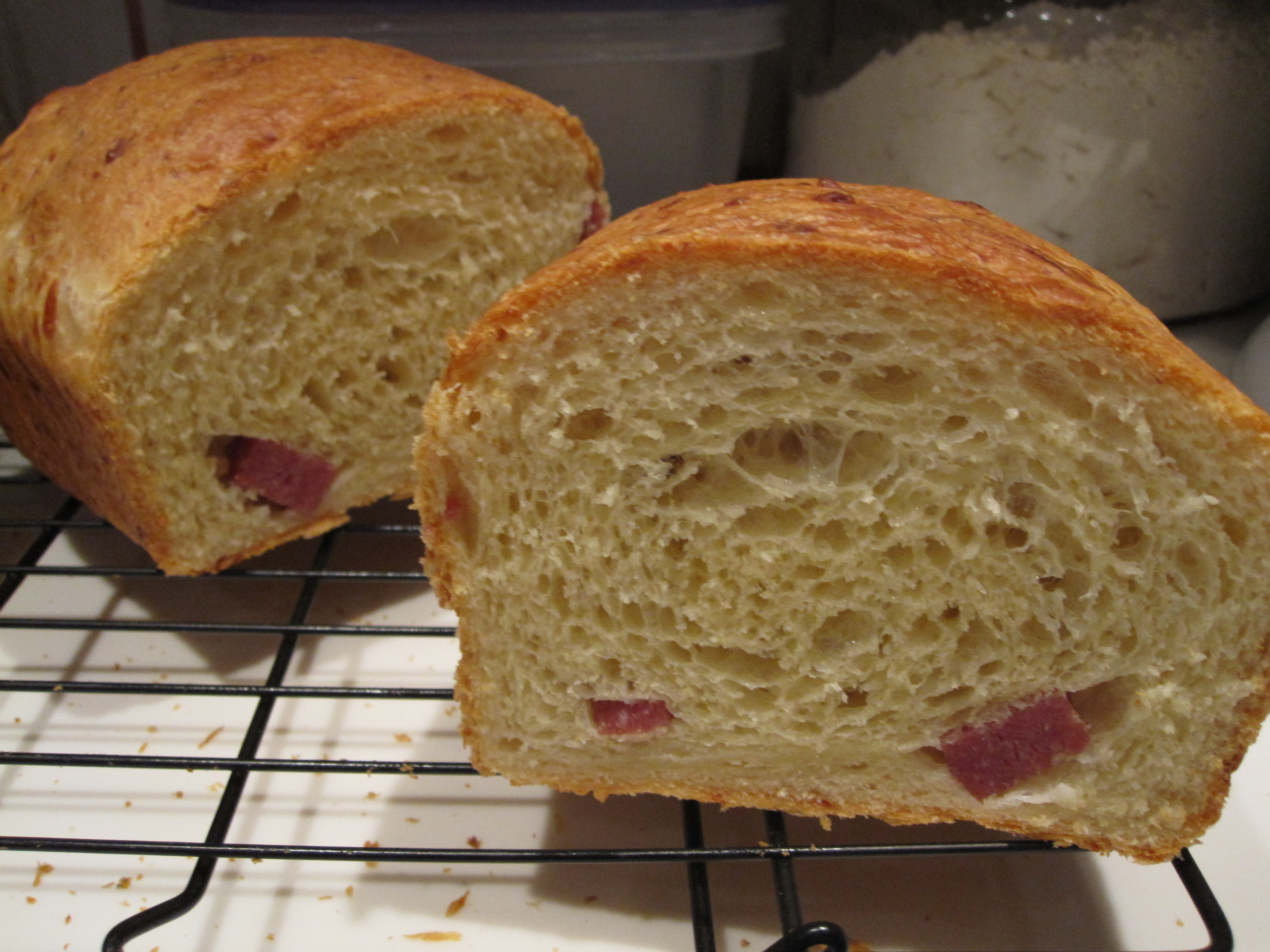English Muffins/ Bread Baker's Apprentice High School Project
Hey guys! it's been a while! i've been posting a lot on my blog, but not much on here!
anyway, my brother and i made english muffins, which happened to be one of the most fun breads i've made so far. i hope you guys enjoy my post on them!
you can read all the posts on our blog, http://bakingacrosscountry.wordpress.com/ i've been interning at a bread bakery as well as a bagel shop! this project has definitely been the highlight of my high school career.

